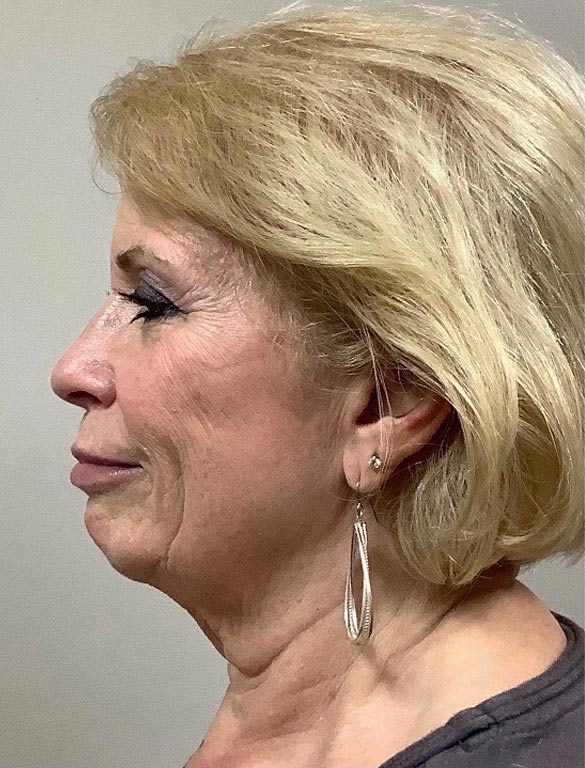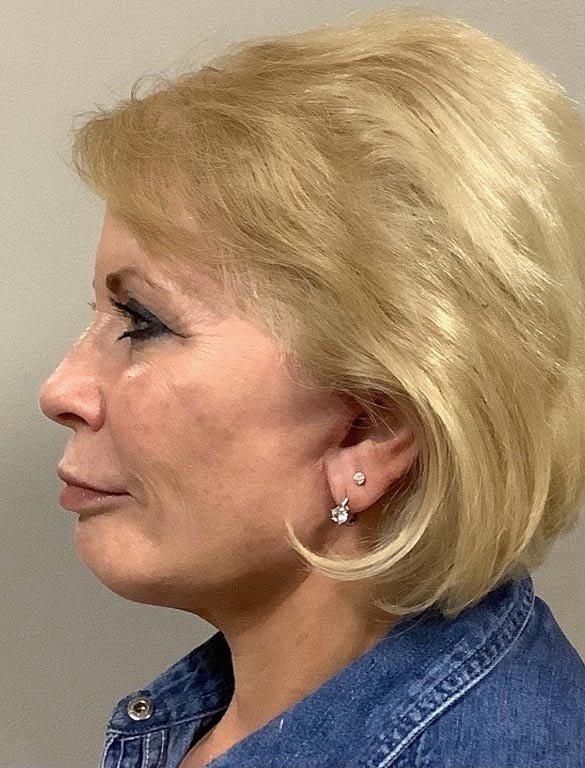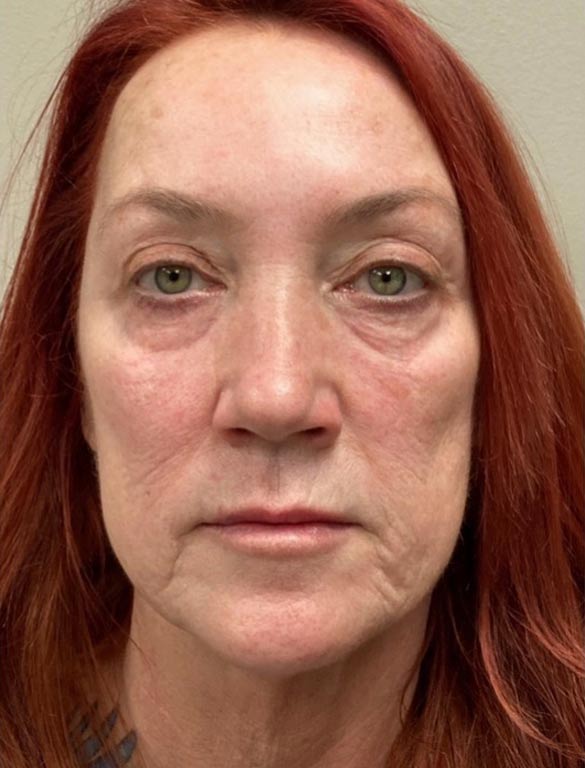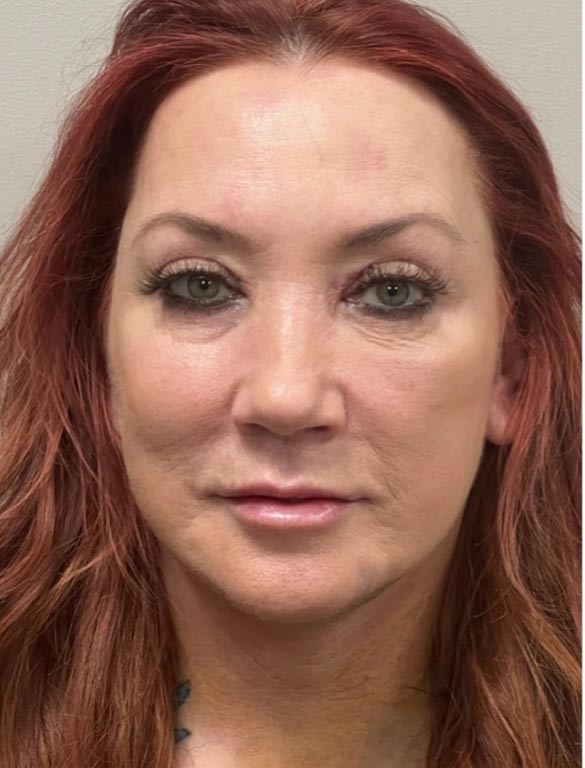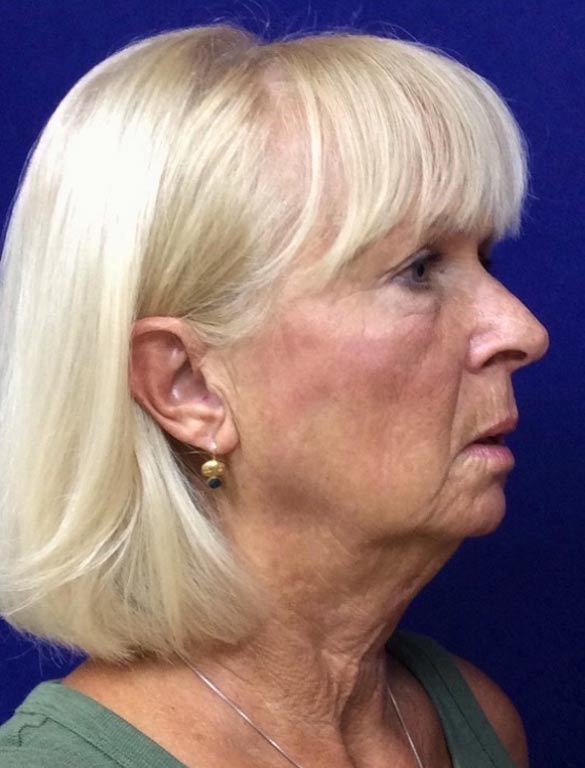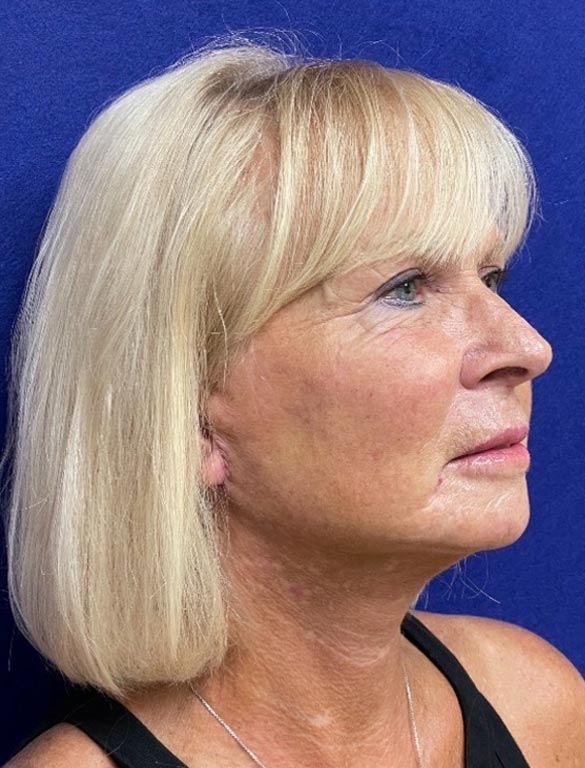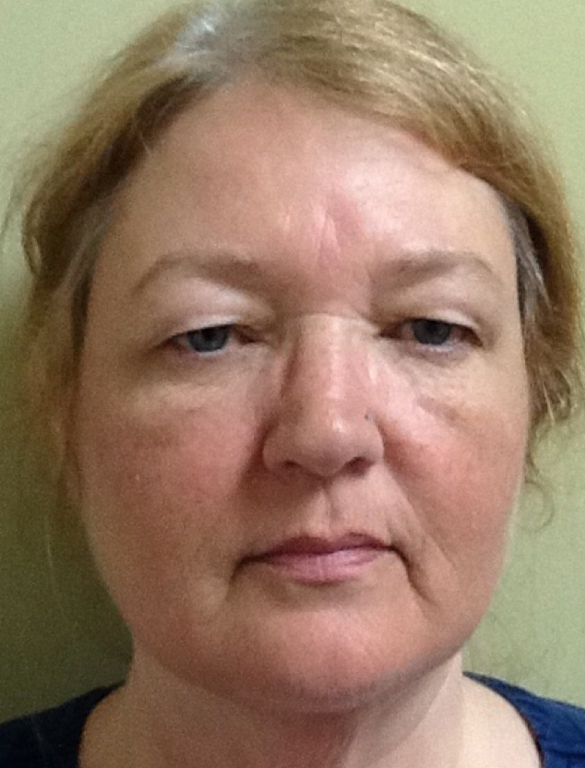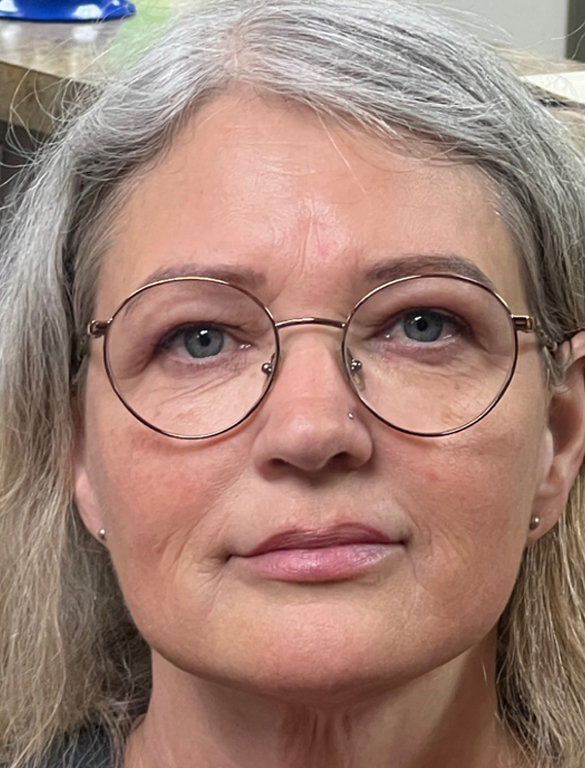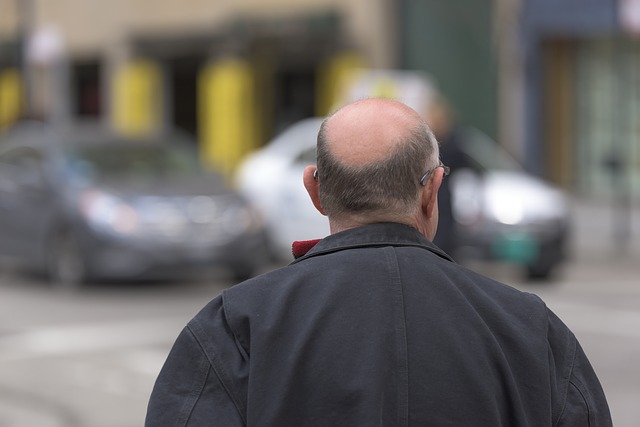It is an unfortunate and avoidable fact of life that our bodies tend to show aging, genetics, or both in sometimes extreme fashions, like that of hair loss. Baldness, or alopecia, is largely hereditary; as much as ninety-five percent of all cases of alopecia are a result of genetics, while the remaining five percent can be caused by stress, illness, medications, diet, or other factors. Fortunately, no matter what reason you may be experiencing hair loss, there are treatment options that can help you on your journey to recovering your hair. Read on to learn more about what you can do to curtail your hair loss!
Options for Treating Hair Loss
There are two medications approved by the FDA to treat hereditary, pattern baldness: Rogaine and Propecia. Rogaine is a widely-known topical solution, used by applying it directly to the scalp to encourage hair growth, while Propecia is the first prescription drug that can be used to treat hair loss.
While these methods have some success, they are not as effective as other methods. Only ten to fourteen percent of Rogaine users actually experience hair growth; Rogaine is mostly effective as a way of slowing hair loss, rather than curing it. Additionally, the results from Propecia can only be maintained by continued treatment under a doctor’s care.
On the other hand, permanent hair loss can also be effectively treated with surgical hair replacement procedures, including hair grafting or transplantation methods and scalp reduction.
Micro-grafting, punch grafting, and slit grafting are all types of hair transplantation procedures. Micro-grafting grafts one or two hairs at a time, with slit grafting transplanting four to ten hairs and punch grafting transplanting ten to fifteen hairs. Other variations include mini-grafts of two to four hairs and strip grafts of thirty to forty hairs. During these procedures, a local anesthetic is injected and sedatives are used if needed. Each session requires two to four months of healing post-operation. After several sessions, hair may reach the patient’s desired fullness.
Scalp reduction involves the removal of skin from the scalp that no longer grows hair, allowing the skin with remaining hair growth to be stretched to cover the bald areas of the head. This technique can significantly reduce half of the balding area, though it’s generally more effective on the top of the head and on the back of the head; it’s not recommended for the front hairline.
Ultimately, the patient’s situation, desires, and type of hair loss will determine which procedures will produce the most viable results.
Have Your Hair Loss Treatment Questions Answered at Skin and Veins
Contact our office to set up a consultation appointment with our team of dedicated, seasoned, and qualified experts. Schedule your appointment with us today and find out more about your hair loss treatment options!

